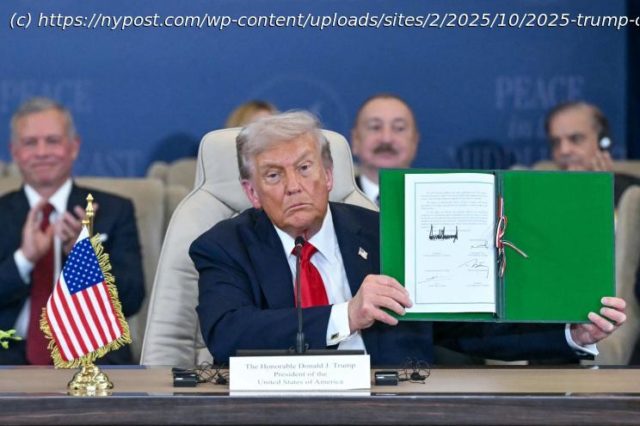President Trump’s peace plan for Gaza has opened with tremendous success, but challenges lay ahead. One of the truest truisms of war is the next war starts, or doesn’t, because of what is done after the war before.
President Trump’s peace plan for Gaza has opened with tremendous success, but challenges lay ahead. One of the truest truisms of war is the next war starts, or doesn’t, because of what is done after the war before.
This conflict will be no different.
Let’s start with the serious to-do list facing the administration — and let there be no doubt, the United States owns this one.
Step one, end Armageddon.
Few wars ended more badly than World War II: Most nations were flattened like flapjacks, and European GDP was measured in fractions. Tens of millions were displaced and homeless. Most countries teetered on starvation.
Yet the United States guided Western Europe past the worst of it. Even before the Marshall Plan kicked in in 1948, every Western European nation had a functioning government and enough food and coal to get through the winter.
The postwar planners called this the “disease and unrest” formula. If a country had an operating government, a modicum of security and public safety and no mass starvation or plague, people could get by.
That formula has proven near universal. Trump has to assemble a coalition of powers that can deliver that outcome in Gaza.
Step two, a better world.
If Trump wants to take Gaza off the table as the button that evildoers push when they want to destabilize the region, Gaza will need a resilient political structure immune from extremism, corruption and foreign manipulation; housing and reconstruction, a thriving economy that integrates well with Israel and a healthy civil society that grows more footballers than suicide bombers.






